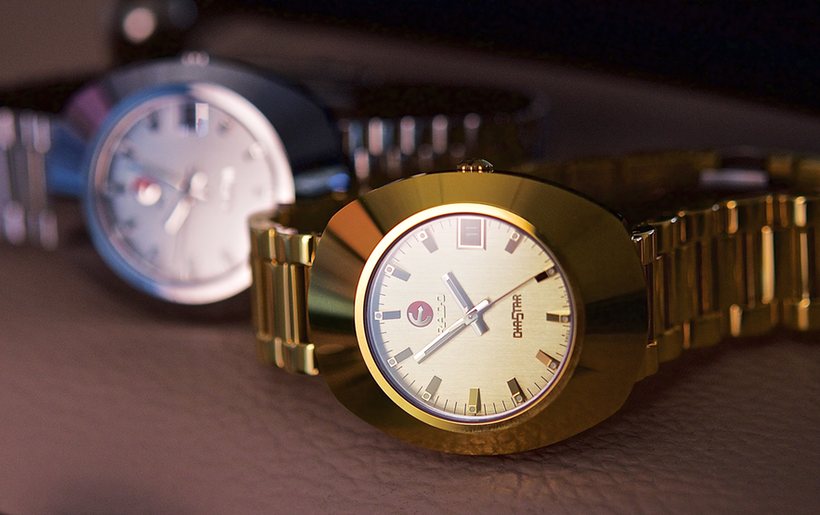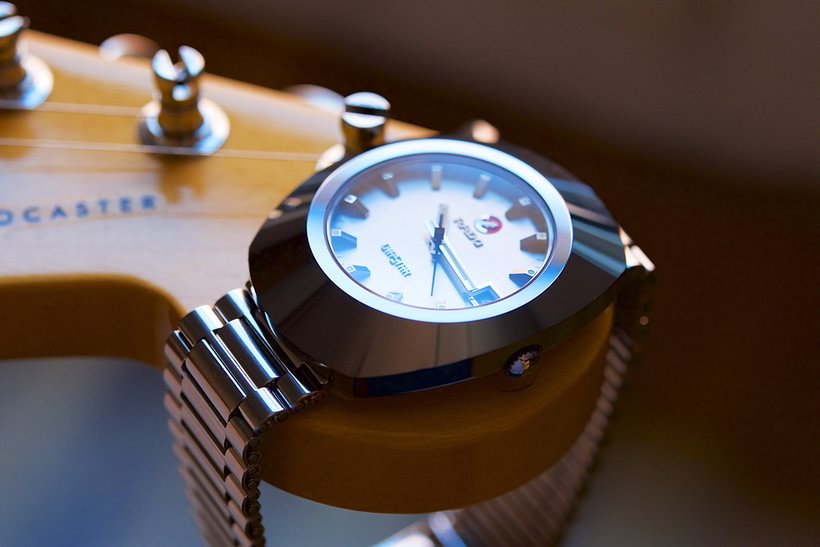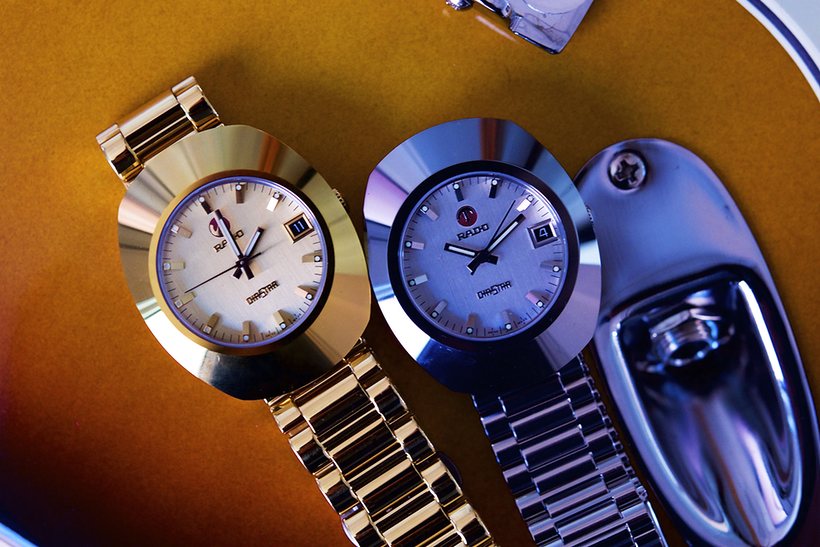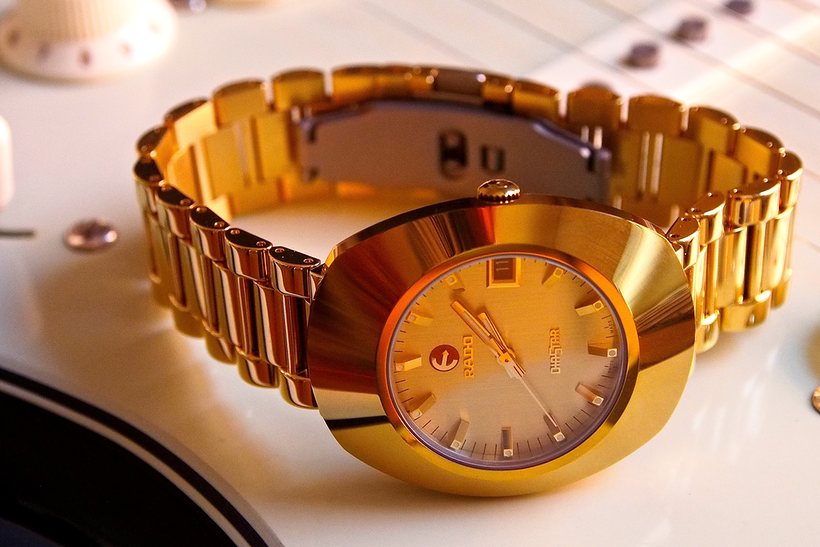One of the interesting things about watch collecting is that it has all sorts of little archipelagos of design and mechanical innovation to be discovered, once you branch off from better-traveled territory. One of the most interesting watches of the late 20th century is, to me, also one of the less appreciated, for various reasons (more on that in a minute) and it’s a watch that says a great deal not only about shifting tastes, but also about the march of technology and how it’s affected what we expect from watches right down to the present day.
That watch is the Rado DiaStar. The DiaStar is probably the single most memorable vintage cheap replica Rado watches UK – the company brought out the first one in 1962, the year of (among other things) the Cuban Missile Crisis, and the debut of Dr. No. At first glance it is very much a watch of its time – there were (and are) many different models, but the ur-DiaStar has an immediately recognizable shape. The case is oblog, framing a round dial, with a shield-like expanse of metal around the watch face.
The shield-like appearance is apropos, because the original DiaStar is nothing less than the world’s first scratch-proof watch. Before the DiaStar, watch cases came basically in two varieties: gold, and steel, with rigorous segregation between more formal watches (invariably in gold – or platinum, occasionally) and steel sports watches. There were sometimes experiments with other materials – some manufacturers made watches with aluminum cases on occasion – but as a rule, your choices were steel or precious metals, mostly gold, that’s it.
The DiaStar came along when the whole idea of sports watches was really taking off (the first purpose-built dive watches from Blancpain and Rolex had shown up a decade or so before) and they were predicated on the idea of making a watch that could tolerate anything you could throw at it. The case was made of a material that had never before been used in watchmaking: tungsten carbide.
Tungsten carbide is a mixture of tungsten and carbon – the former was also called “wolfram” by tin miners, who found it an annoying addition presence in veins of tin ore. “Tungsten” means “heavy stone” – an apt name as it’s a dense, heavy metal – and the first steels containing tungsten were patented in 1858. Ultra-hard tool steels containing tungsten revolutionized the machine industry – and in 1962, Sale fake Rado watches online used this tough material for cases the first time in watchmaking.
The manufacturing process involves taking powdered tungsten carbide and pressing it, at a pressure of around 1000 atmospheres, in a vacuum furnace. The process, known as sintering, fuses the particles together. The result is an extremely hard, extremely durable material which in daily use is so resistant to wear and tear that luxury fake Rado wacthes was able to advertise it as “the world’s first scratchproof watch” and stand behind it. The most recognizable DiaStar has a gold finish, and they often came with rather jauntily designed, very three-dimensional dials – you can recognize them at vintage watch sellers as a general rule, not only for the unmistakable look, but also because even after four or five decades, they generally still look essentially brand new.
The great thing about the DiaStar is that – contrary to what you might expect for what at first glance seems a pretty era-specific design – the company still makes “The Original” under that name and in over 20 models, in both quartz and mechanical iterations. Now, we all know that the design isn’t for everyone, but I find the watch kind of irresistible – it’s a wonderful piece of innovation at a time when real materials, and design innovation, were still pretty rare. The DiaStar is one of the very earliest instances I can think of, of a watch that really broke away from the tyranny of the round case and lugs idiom, and it did so moreover in a way and with materials that nobody had ever tried before.
The Original, in the version we looked at, is $1250, and it is without question an absolute screaming bargain at that price. Sure, it’s a polarizing design, but look at it this way: Rado has been continuously involved in innovating in materials since 1962, and it continues to lead the industry with high tech ceramics like, well, its “High-Tech Ceramic”, which is a sintered ceramic-metal composite, and which is found in many of its modern timepieces like the DStar Automatic Chronograph. It’s a very specific niche in watchmaking history, but the DiaStar originally represents a fifty-year continuity of design and material, combined with real innovation, that is incredibly rare. That’s why we picked it – the DiaStar Original, an Original in every way – for this week’s Value Proposition.
The Rado DiaStar Original, 35 mm Automatic Stainless Steel/PVD Coated Hard Metal /Titanium; Sapphire Crystal; Super LumiNova; Water resistant 30 m; $1,250
The exact replica Rado DStar Automatic Chronograph, 44 mm Automatic Chronograph Plasma High Tech Ceramic/Titanium; Sapphire Crystal with anti-reflective coating; transparent sapphire case back; Water resistant 100 m; $4,000






